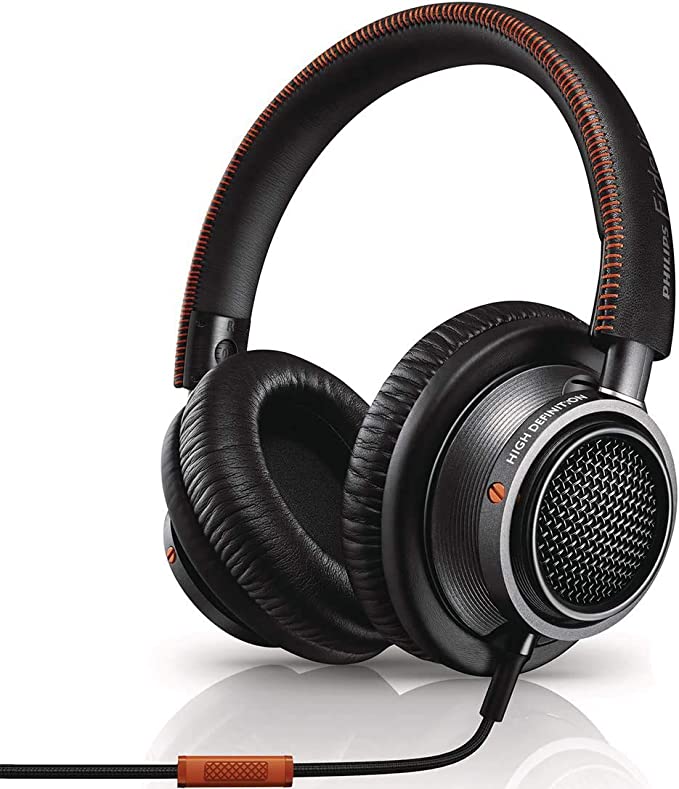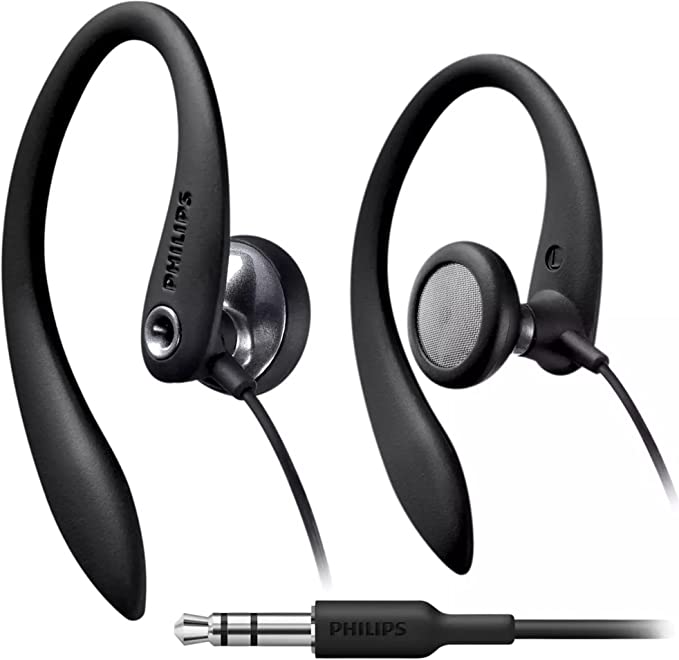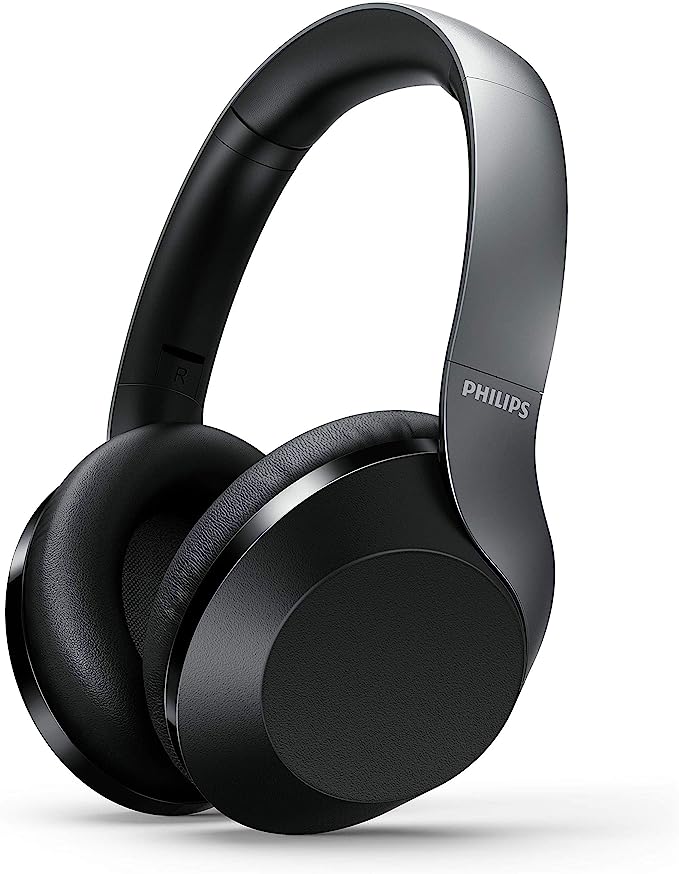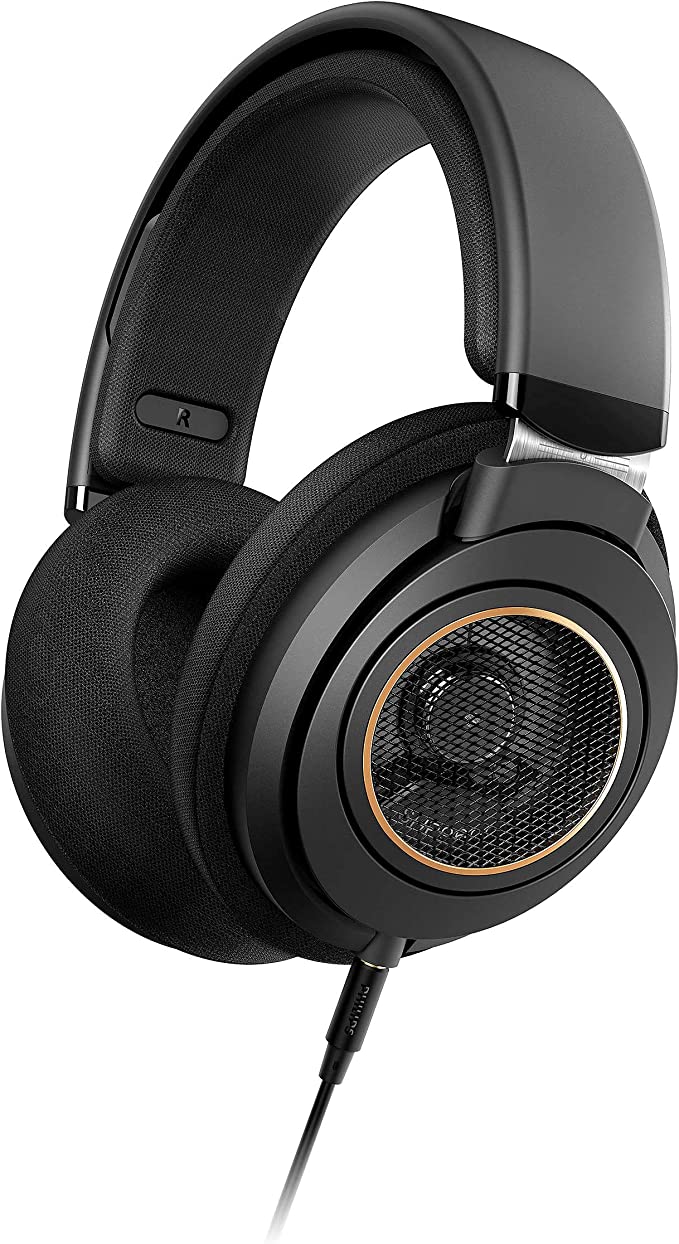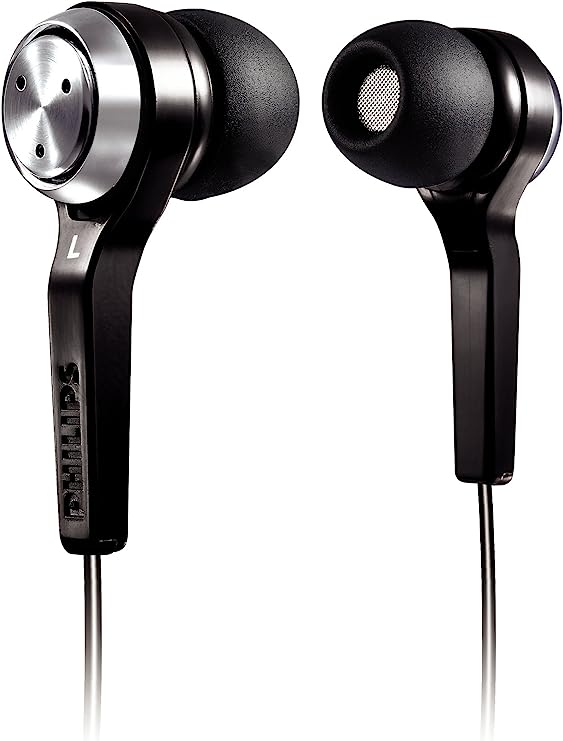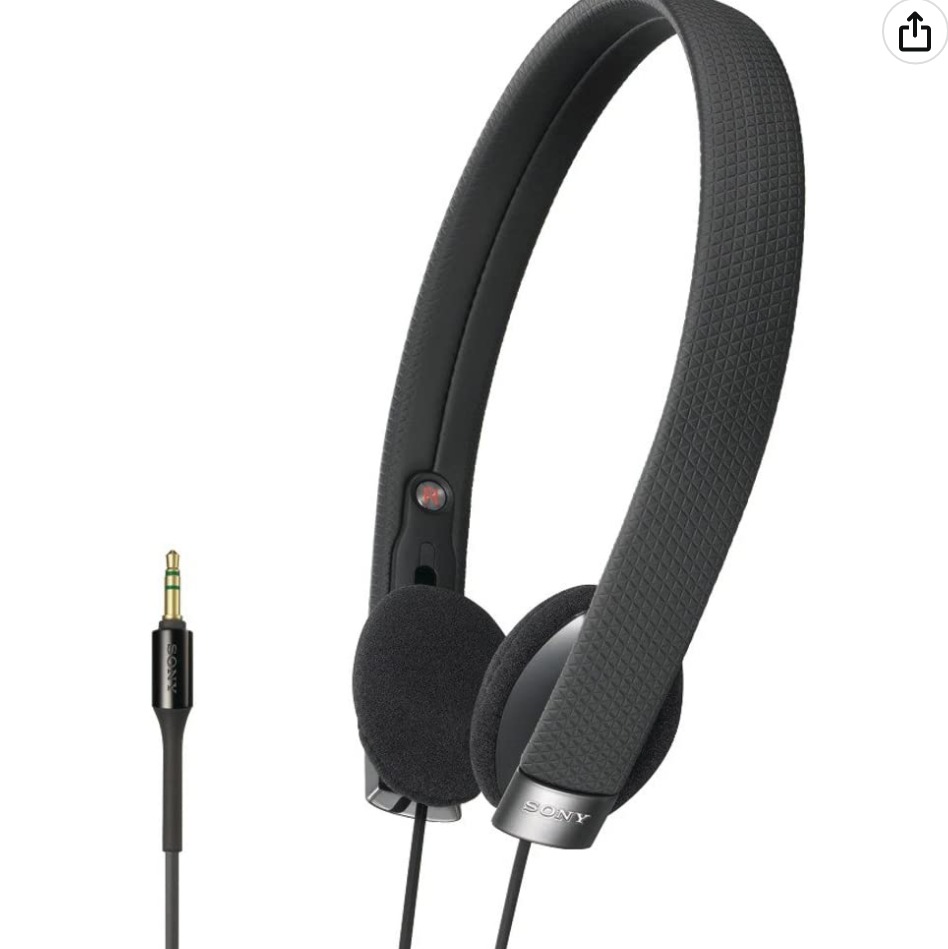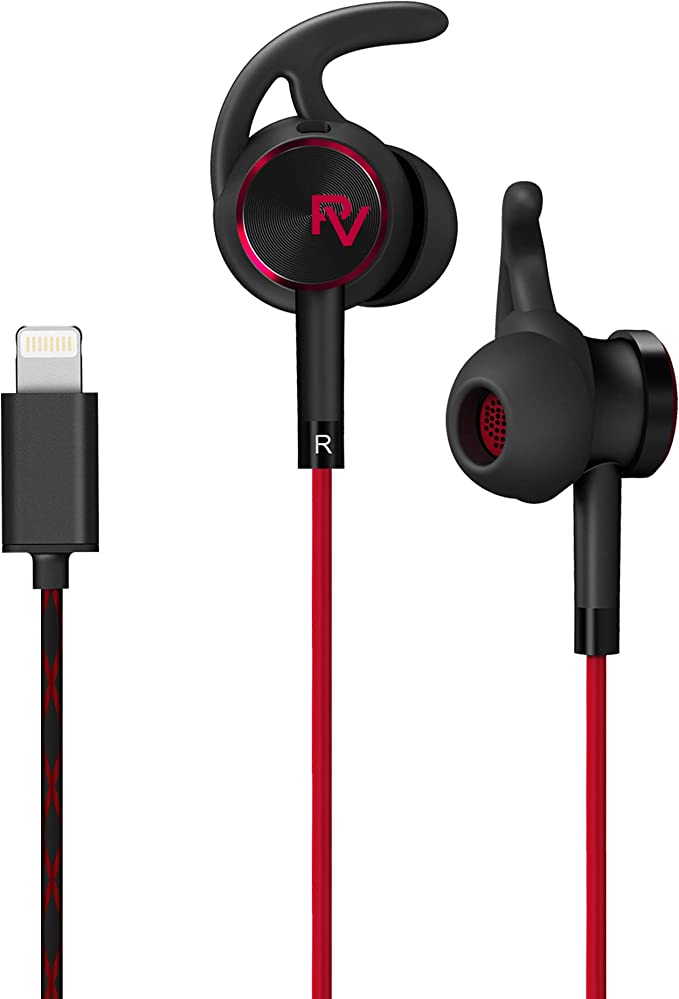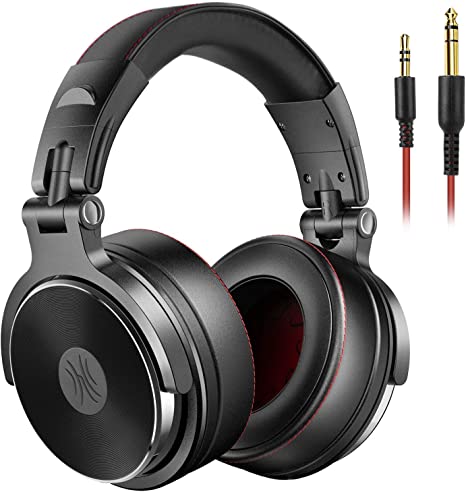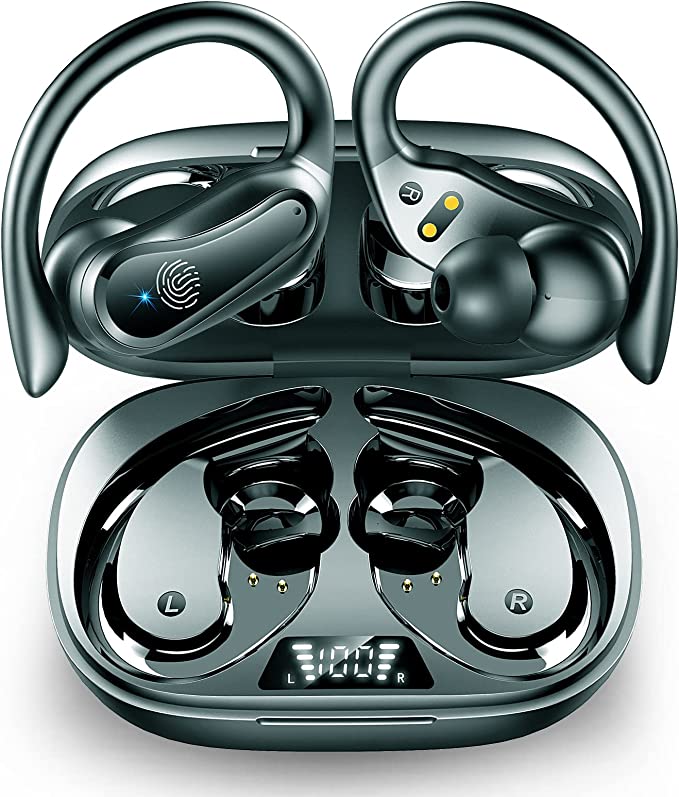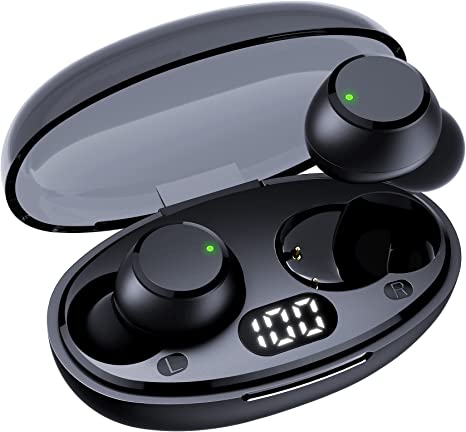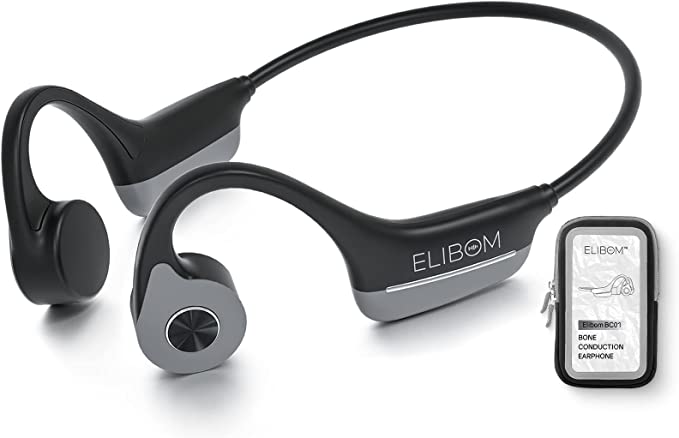Philips Fidelio X2HR: Unveiling the Science of Hi-Res Audio
Update on March 20, 2025, 8:30 a.m.
Have you ever been truly lost in music? Not just hearing the notes, but feeling them resonate deep within you, as if the boundaries between you and the sound have dissolved? This immersive experience, where every subtle detail is rendered with breathtaking clarity, is the holy grail of audio reproduction. It’s a quest that has driven engineers and music lovers for over a century, and it’s a journey we’ll embark on together, using the Philips Fidelio X2HR headphones as our guide.

Sound: A Journey into Vibration
Before we explore the intricacies of headphone technology, let’s take a step back and consider the fundamental nature of sound itself. At its core, sound is simply vibration. When an object vibrates – a guitar string, a vocal cord, a loudspeaker cone – it creates pressure waves in the surrounding medium, typically air. These waves travel outward, and when they reach our ears, they cause our eardrums to vibrate, which our brains interpret as sound.
These vibrations, or sound waves, have two key characteristics: frequency and amplitude. Frequency, measured in Hertz (Hz), represents the number of wave cycles per second. It determines the pitch of the sound: low frequencies correspond to deep bass notes, while high frequencies correspond to shimmering cymbals or a soaring soprano. Amplitude, on the other hand, relates to the intensity of the wave, which we perceive as loudness.

Decoding Digital Audio: The Quest for Hi-Res
In today’s digital world, most of the music we listen to is stored and transmitted in a digital format. This involves converting the continuous analog sound waves into a series of discrete numbers, a process called sampling. The sampling rate determines how many times per second the sound wave is measured, while the bit depth determines the precision of each measurement.

Standard CD audio uses a sampling rate of 44.1 kHz and a bit depth of 16 bits. Hi-Res Audio, however, goes beyond these limits, typically using sampling rates of 96 kHz or even 192 kHz, and bit depths of 24 bits or higher. This greater amount of data allows for a more accurate representation of the original sound wave, capturing finer details and a wider dynamic range. The Philips Fidelio X2HR is certified for Hi-Res Audio, meaning it’s capable of reproducing these extended frequencies and delivering the full sonic potential of high-resolution recordings.
The Headphone Challenge: A Miniature Concert Hall
Reproducing sound accurately with headphones presents unique challenges. Unlike loudspeakers, which project sound into a room, headphones deliver sound directly to our ears. This creates a more intimate listening experience, but it also means that the headphones must overcome several hurdles to achieve high fidelity.
One of the biggest challenges is distortion. This refers to any unwanted alteration of the original sound wave. Distortion can manifest as a muddying of the sound, a loss of detail, or an unpleasant harshness. Minimizing distortion is crucial for achieving a clear, natural, and enjoyable listening experience.
The Open-Back Advantage: Letting the Music Breathe
Many headphones use a closed-back design, where the earcups are sealed to isolate the listener from external noise. While this is beneficial in noisy environments, it can also have a negative impact on sound quality. The sealed enclosure can create unwanted resonances and reflections, leading to a “boxed-in” sound and a narrower soundstage.
The Philips Fidelio X2HR, however, employs an open-back design. This means that the earcups have openings that allow air to flow freely. This seemingly simple design choice has profound implications for sound quality. Think of it like the difference between listening to music in a small, cramped room versus a spacious concert hall. The open-back design allows the sound waves to expand naturally, creating a wider, more realistic soundstage. You’ll perceive a greater sense of depth and separation between instruments, as if you were surrounded by the musicians.
The trade-off, of course, is sound leakage. Because the earcups are open, some sound will escape, making open-back headphones unsuitable for use in quiet environments where you might disturb others. However, for audiophiles and music enthusiasts who primarily listen at home, the sonic benefits of open-back design far outweigh this limitation.
Driver Dynamics: The Heart of the Headphone
The driver is the heart of any headphone. It’s the component that converts electrical signals into sound waves. The X2HR utilizes large 50mm dynamic drivers. Dynamic drivers work on the principle of electromagnetism. A coil of wire (the voice coil) is attached to a diaphragm, and this assembly is placed within a magnetic field. When an electrical signal passes through the voice coil, it creates a fluctuating magnetic field that interacts with the permanent magnet, causing the diaphragm to vibrate and produce sound.
The X2HR’s drivers are special in two key ways:
-
Neodymium Magnets: Neodymium is a rare-earth element that forms incredibly powerful magnets. These magnets are significantly stronger than the ferrite magnets found in many lower-quality headphones. The stronger magnetic field provides greater control over the voice coil’s movement, resulting in improved accuracy, faster response times, and a wider dynamic range. This translates to tighter bass, clearer mids, and more detailed highs.
-
Layered Motion Control (LMC) Diaphragm: The diaphragm is the part of the driver that actually moves the air to create sound waves. The X2HR’s LMC diaphragm is a sophisticated, multi-layered construction designed to minimize unwanted vibrations and distortions. Imagine a car’s suspension system, which uses shock absorbers to smooth out bumps in the road. The LMC diaphragm acts similarly, damping resonances and ensuring that the diaphragm moves in a controlled and precise manner. The core of this technology lies in a carefully engineered combination of polymer layers and a damping gel. This composite structure effectively absorbs and dissipates unwanted vibrations, resulting in a smoother frequency response and reduced distortion.
The Art of Comfort: Listening for Hours
High-fidelity sound is only part of the equation. A truly great headphone must also be comfortable to wear, even for extended listening sessions. The X2HR excels in this area, thanks to its thoughtful ergonomic design and premium materials.
The earcups are generously sized and padded with deluxe memory foam. Memory foam conforms to the shape of your ears, providing a snug yet gentle fit that distributes pressure evenly. The earpads are covered in a breathable velour fabric, which helps to prevent heat buildup and keep your ears cool and comfortable.
The headband features a unique self-adjusting hammock design. This eliminates the need for manual adjustments, ensuring a perfect fit every time. The hammock is made of a 3D mesh material that is both lightweight and breathable, further enhancing comfort. The outer headband is crafted from genuine leather, adding a touch of luxury and durability.
The X2HR: A Case Study in Excellence
The Philips Fidelio X2HR is more than just a collection of impressive specifications. It’s a testament to the power of combining scientific principles with meticulous engineering. The open-back design, the powerful neodymium drivers, the innovative LMC diaphragm, and the focus on comfort all work together in harmony to create an exceptional listening experience.
Beyond the Specifications:
- Frequency Range (5 - 40,000 Hz): This wide frequency range, exceeding the typical range of human hearing, is a key requirement for Hi-Res Audio certification. It ensures that the headphones can reproduce all the nuances and details present in high-resolution recordings, including subtle overtones and harmonics that contribute to the richness and realism of the sound.
- Sensitivity (100 dB @ 1 mW): This indicates how efficiently the headphones convert electrical power into sound. A sensitivity of 100 dB @ 1 mW is relatively high, meaning the X2HR can achieve satisfying volume levels even with lower-powered devices like smartphones or portable music players.
- Maximum Power Input (500 mW): This specifies the maximum amount of power the headphones can handle without damage. The 500 mW rating indicates that the X2HR is robust and can handle powerful amplifiers without distortion.
- Distortion (< 0.1% THD): is at an extremely low level, ensuring a clean and accurate sound reproduction, free from unwanted harmonics or artifacts.
- Impedance (30 Ohm): This relatively low impedance makes the X2HR compatible with a wide range of devices, including smartphones, tablets, and dedicated headphone amplifiers. While a headphone amplifier can further enhance the sound quality, the X2HR is designed to perform well even without one.
Pre-tilted drivers*:The earshells are engineered to tilt at 15 degrees, fitting your ear’s natural geometry. Audio signals are directly channeled into your ears, creating a dynamic and authentic listening experience. - Detachable Cable:3.5mm detachable oxygen-free cable (3m), 3.5 mm to 6.3 mm adapter and cable management clip included
- Replaceable deluxe memory foam ear-pads
When you put on the X2HR and listen to your favorite music, you’ll likely notice a significant difference compared to standard headphones. You’ll hear details you’ve never heard before – the subtle pluck of a guitar string, the delicate breath of a vocalist, the resonant decay of a cymbal. The soundstage will feel wider and more expansive, placing you in the center of the performance. It is this sense of immersion, of being transported to another place and time, that truly sets the Fidelio X2HR apart. It’s not just about hearing the music; it’s about experiencing it. The open-back design allows the sound to escape and interact with your environment, creating a more natural and spacious presentation, similar to how sound behaves in a live setting. This contrasts starkly with the more confined and sometimes artificial soundstage of closed-back headphones.
Imagine listening to a recording of an orchestra. With closed-back headphones, you might hear all the instruments, but they might feel compressed and lacking in separation. With the X2HR, the orchestra unfolds before you, each instrument occupying its own distinct space, allowing you to appreciate the interplay and nuances of the performance in a way that’s simply not possible with lesser headphones. You can pinpoint the location of the violins on the left, the cellos on the right, the percussion in the back – it’s a truly three-dimensional listening experience.
This enhanced soundstage is not just a matter of subjective preference; it’s rooted in the physics of sound wave propagation and psychoacoustics, the study of how we perceive sound. The open design allows for a more natural interaction of sound waves, minimizing reflections and resonances that can blur the sonic image. The 15-degree pre-tilt of the drivers also plays a crucial role, aligning the sound waves more directly with the natural angle of your ear canals, further enhancing the sense of realism and spatial accuracy.
Beyond the soundstage, the X2HR’s meticulous engineering contributes to its exceptional clarity and detail retrieval. The LMC diaphragm, with its multi-layered construction and damping gel, effectively minimizes unwanted vibrations. These vibrations, if left unchecked, would manifest as distortion, obscuring fine details and muddying the overall sound. By suppressing these resonances, the LMC diaphragm allows the music to shine through with pristine clarity, revealing subtle nuances that would otherwise be lost.
The use of neodymium magnets, with their superior magnetic strength compared to traditional ferrite magnets, also plays a vital role. The stronger magnetic field exerts greater control over the voice coil’s movement, allowing it to respond more quickly and accurately to the electrical signal. This translates to a more dynamic and responsive sound, with tighter bass, clearer mids, and more extended highs.
And, of course, the Hi-Res Audio certification is not just a marketing label. It signifies that the X2HR meets stringent performance standards, ensuring its ability to reproduce the extended frequency range and dynamic range of high-resolution audio files. This means you’re getting the full benefit of these high-quality recordings, experiencing the music as the artist and recording engineers intended.
The build quality and comfort features are not mere afterthoughts; they are integral to the overall listening experience. The durable construction, with its metal components and genuine leather headband, ensures that the X2HR will withstand years of use. The comfortable earpads and self-adjusting headband allow you to listen for hours on end without fatigue, fully immersing yourself in the music without distraction.
The detachable cable is another practical advantage. Cables are often the first point of failure in headphones, and the ability to easily replace the cable extends the lifespan of the X2HR significantly. It also allows for potential upgrades to higher-end cables, should you choose to explore that option.
Ultimately, the Philips Fidelio X2HR is more than just a pair of headphones; it’s a gateway to a deeper appreciation of music. It’s an invitation to rediscover your favorite recordings, to hear them in a new light, and to experience the full emotional impact of the music. It’s a testament to the power of combining scientific principles with meticulous engineering to create a truly exceptional listening experience. While the open-back design may not be suitable for all situations, for those who prioritize sound quality and listen primarily in quiet environments, the X2HR offers a level of immersion and detail that is rarely matched. It’s an investment in your musical enjoyment, one that will pay dividends for years to come. Explore the world of high-fidelity sound, and you might just find yourself lost in music like never before.

